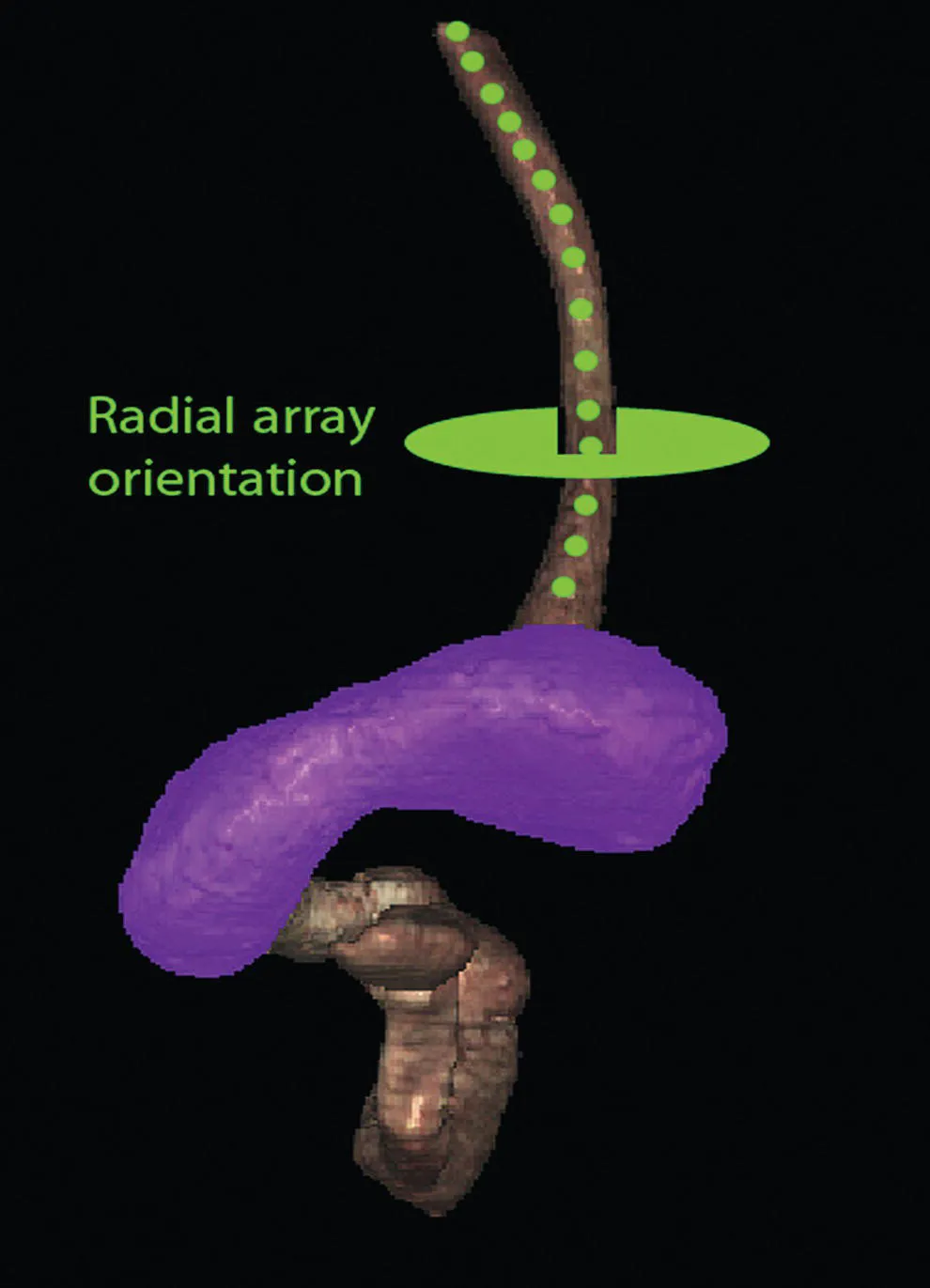
Atlas of Endoscopic Ultrasonography
Frank G. Gress, Thomas J. Savides, Brenna Casey, Everson L. A. Artifon, Frank G. Gress, Thomas J. Savides, Brenna Casey, Everson L. A. Artifon
- English
- ePUB (adapté aux mobiles)
- Disponible sur iOS et Android
Atlas of Endoscopic Ultrasonography
Frank G. Gress, Thomas J. Savides, Brenna Casey, Everson L. A. Artifon, Frank G. Gress, Thomas J. Savides, Brenna Casey, Everson L. A. Artifon
À propos de ce livre
Atlas of Endoscopic Ultrasonography
Atlas of Endoscopic Ultrasonography, Second Edition offers an outstanding visual guide to this very common diagnostic and therapeutic endoscopic tool. With contributions from noted experts in the field, the Atlas contains 400 high-quality color and black and white images obtained from real cases, each accompanied by detailed annotation to aid readers in their understanding of this popular technical procedure. In addition, there is a companion website featuring 50 video clips of real-life procedures in action, as well as the entire collection of images from within the book.
- Updated throughout to include the most recent advances in interventional Endoscopic Ultrasound (EUS) guided therapies
- Contains a large collection of color images obtained from both diagnostic and therapeutic procedures, also available on the companion website image bank
- Provides a highly integrated and accessible multimedia introduction to endoscopic ultrasonography
- Includes a companion website offering insightful videos
Written for gastroenterologists, students, residents, and radiologists, Atlas of Endoscopic Ultrasonography, Second Edition is an essential introduction to endoscopic ultrasonography.
Foire aux questions
Informations
1
Normal EUS Anatomy
1
Normal Human Anatomy
Introduction
Normal EUS anatomy from the esophagus
Radial array orientation (Video 1.1)
Linear array orientation (Video 1.2)
